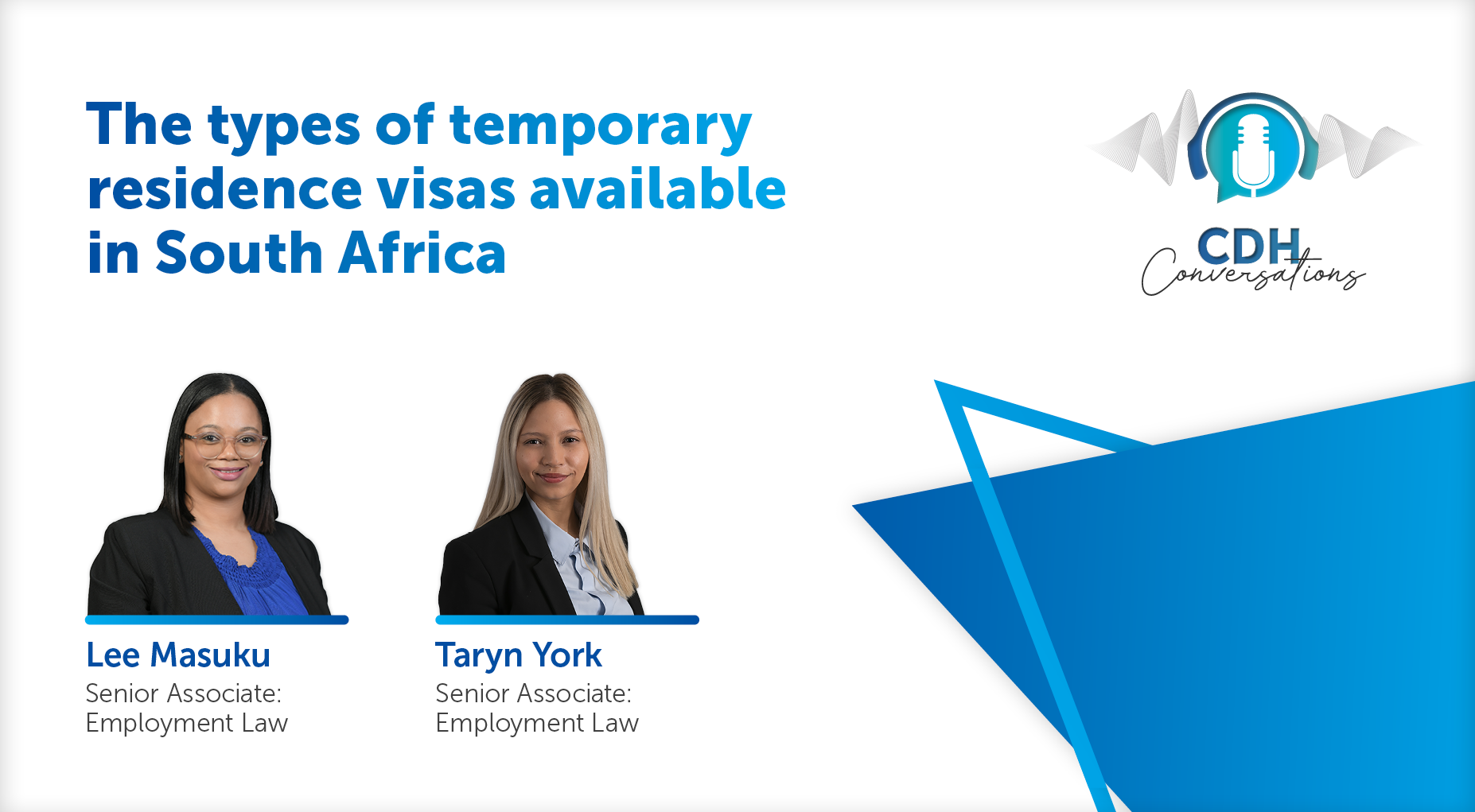Co-insurers: the importance of selecting the right cause of action
Selecting the correct cause of action can in general be a tricky business. It is even more so where one co-insurer wants to claim from another.
The following facts presented in Samancor Ltd vs Mutual & Federal Insurance Co Ltdand Others 2005 (4) SA 40 (SCA):
Samancor insured certain equipment under two policies, termed an 'assets policy' and a 'works policy'.
Mutual & Federal was the insurer in respect of the 'works policy' and Westchester was the insurer under the 'assets policy'.
-
After an equipment failure, Westchester fully indemnified the insured, Samancor.
-
Westchester instituted a subrogation action (in the name of Samancor) against the co-insurer, Mutual & Federal.
-
Mutual & Federal (Respondent) raised a special plea to that action, pleading that since Samancor (Appellant) was fully indemnified against the loss, the Appellant could not seek indemnity from them for the same loss.
The legal issue was whether a subrogation action could succeed in these circumstances. The general principle is that a person who has more than one claim to indemnity is not entitled to be paid more than once. In Caledonia North Sea Ltd v British Telecommunications Plc (Scotland) and Others[2002], ALL ER (Com) 321, this principle was highlighted. Two possible approaches were delineated. One is that the insurer who has paid is entitled by way of subrogation to exercise the rights of the insured against the other liable party. The other is that one payment discharges the liability. The law ordinarily adopts the first approach when the liability of the person who paid is secondary to that of the other liable party. It adopts the second approach when the liability of the party who paid was 'primary or the liabilities are equal and co-ordinate'.
Following the Caledonia case, the Supreme Court of Appeal (SCA) held that:
-
an insurer may be in a position to reclaim what it has paid as a typical secondary debtor;
-
where it can and does exercise a right of subrogation, it must do so in the name of the insured;
-
a right of subrogation can be exercised against a wrongdoer or a contractual defaulter;
-
a right of subrogation cannot be exercised by one secondary debtor against another as payment by one discharges the other; and
-
a subrogated claim against a co-insurer can only be competent if such co-insurer assumed primary responsibility for a debt.
The SCA scrutinised the wording of the policies in order to determine whether any of the insurers assumed primary liability. The finding was that, on interpretation of the policy contracts, the two insurers had equal and co-ordinate liability. The one could therefore not institute a subrogated action against the other. Claiming a contribution was held to have been the equitable remedy. Instead of instituting a subrogated claim in the name of the Appellant, Westchester should have claimed a contribution from the Respondent in its own name. Although the remedy of a contribution is not founded on a contractual relationship between co-insurers, the SCA found that it may consult the insurance agreements to determine how much an insurer who has paid should be allowed to recover from its co-insurer.
It is submitted that in instances of multiple insurance, the insurers should ensure that the distinction between secondary and primary liability, and the details of contributions claimable are clearly spelt out.
The information and material published on this website is provided for general purposes only and does not constitute legal advice. We make every effort to ensure that the content is updated regularly and to offer the most current and accurate information. Please consult one of our lawyers on any specific legal problem or matter. We accept no responsibility for any loss or damage, whether direct or consequential, which may arise from reliance on the information contained in these pages. Please refer to our full terms and conditions. Copyright © 2025 Cliffe Dekker Hofmeyr. All rights reserved. For permission to reproduce an article or publication, please contact us cliffedekkerhofmeyr@cdhlegal.com.
Subscribe
We support our clients’ strategic and operational needs by offering innovative, integrated and high quality thought leadership. To stay up to date on the latest legal developments that may potentially impact your business, subscribe to our alerts, seminar and webinar invitations.
Subscribe




